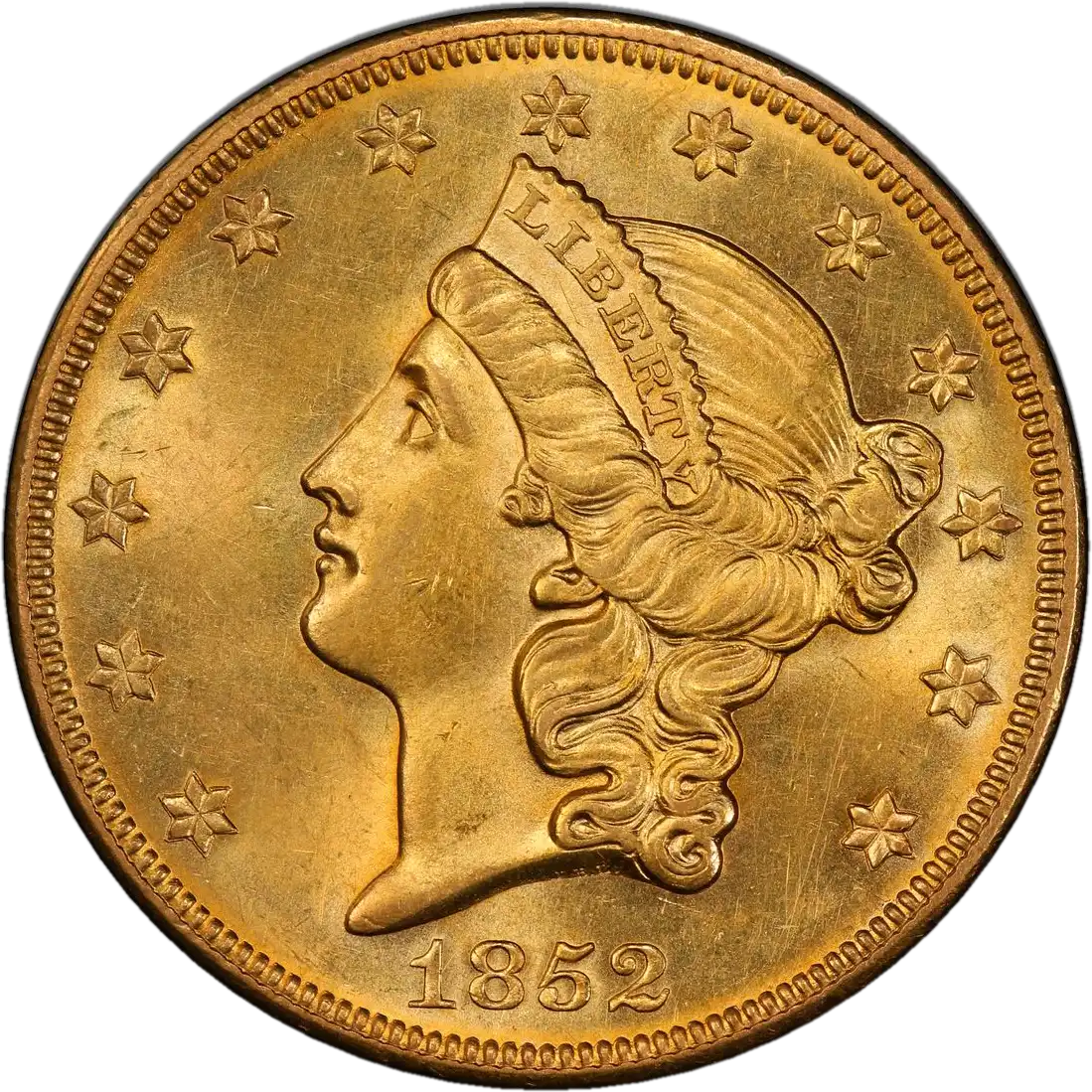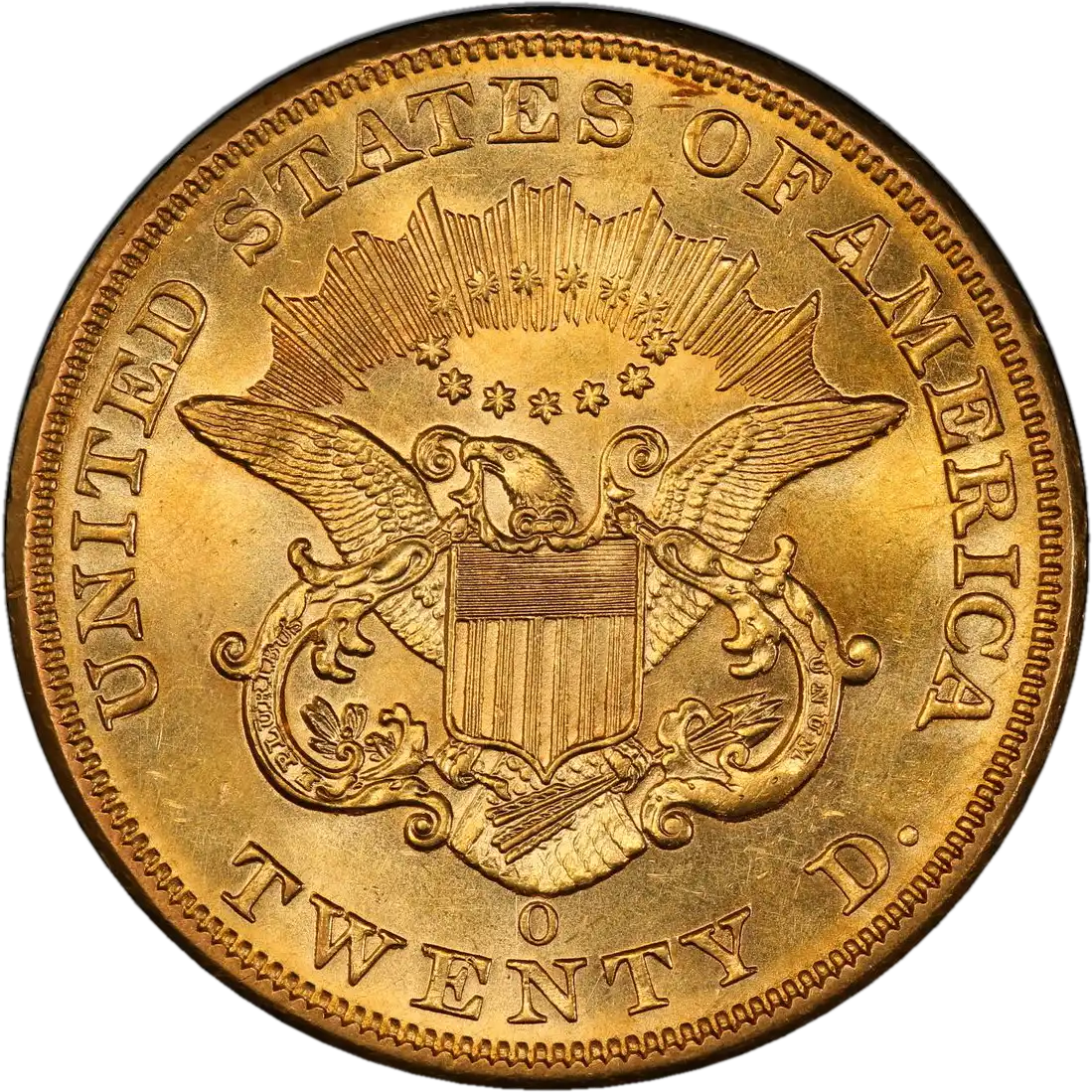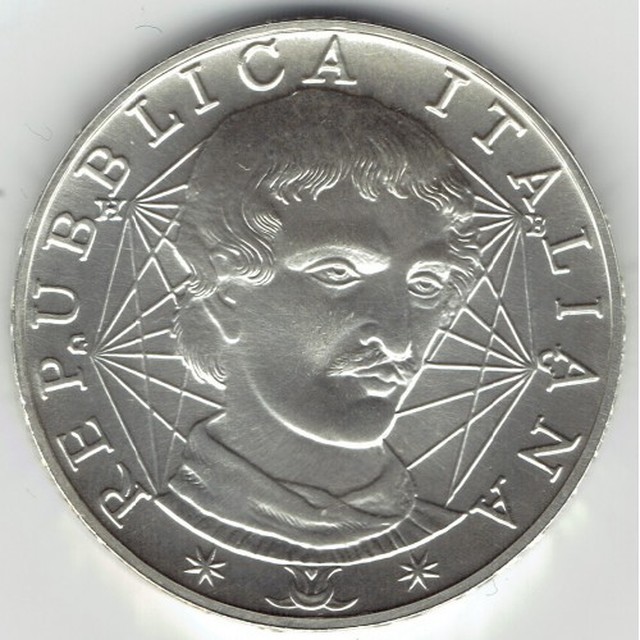USA 20 dollars Liberty Head Double Eagle 1852-O


Rarity
Attributes of Coins
| Melt Value | $3,942.78 30.096g Gold |
|---|---|
| Region | USA |
| Denomination | 20 dollars |
| Krause number | KM# 74.1 |
| Mintage | 190,000 |
| Metal | Gold 0.900 |
| diameter | 34 mm |
| weight | 33.44 g |


Introduction of Coins
A generous mintage of 190,000 Liberty Head double eagles was achieved at the New Orleans Mint in 1852, due to the influx of gold from the California gold fields. The New Orleans facility benefited immensely from the flow of Western gold in the years before the establishment of the San Francisco Mint. Treasury records indicate more than $4.5 million in gold bullion was received from California for coining purposes in 1850, and the flood continued through 1853. At least $2 million worth of the precious metal was received every year until 1854--when the San Francisco Mint opened--and New Orleans gold deposits dropped to a trickle. Production totals followed suit, and the mintage of O-mint double eagles after 1853 was never more than a fraction of the totals accomplished in the earlier years.
The importance of New Orleans as a center of far-reaching commerce before the Civil War can be demonstrated by the distribution of New Orleans double eagles. While gold coins of the other Southern mints tended to circulate in the regional economy, New Orleans issues have been discovered at all points of the compass. Two 1852-O double eagles were found in the Baltimore Hoard in 1934, along with many other New Orleans gold coins. A total of 20 examples of the 1852-O were recovered from the wreck of the S.S. Republic, and the date has been found in European holdings down to the present day. Last summer the discovery of another New Orleans double eagle, the Bullock specimen of the 1856-O, captured the imagination of the numismatic community when it surfaced in a safe deposit box in Ohio, suggesting that New Orleans coins were used in the Mississippi-Ohio River traffic. The O-mint coins were clearly important as a medium of exchange in a wide variety of locations.
Archives research indicates that six obverse and four reverse dies were shipped to the New Orleans Mint for use in 1852, but further study shows that some reverse dies were still on hand, left over from 1851. Despite some positional differences in the placement of mintmarks and dates, Winter is only aware of a single variety for this date. The date is small and positioned centrally between the denticles and the truncation of the bust. The 5 in the date is closed, with the ball nearly touching the bottom point of the upper loop, and the upright is slanted in an italic fashion. Winter notes the reverse die is the same as the die used for the 1851-O emission, with the mintmark high in the field, centered over the N in TWENTY. On the 1852-O reverse, the A in STATES has been patched.
Because of its substantial mintage, the 1852-O is one of the more available Type One double eagles from the New Orleans Mint. Winter estimates a surviving population of 900-1100 pieces in all grades. Most examples seen are in lower circulated grades, and the issue becomes scarce in AU55 and quite rare in Mint State. Due to the availability of the 1852-O in AU, the date is always in demand from mintmark type collectors, seeking a high grade example for their collections.
Read More












